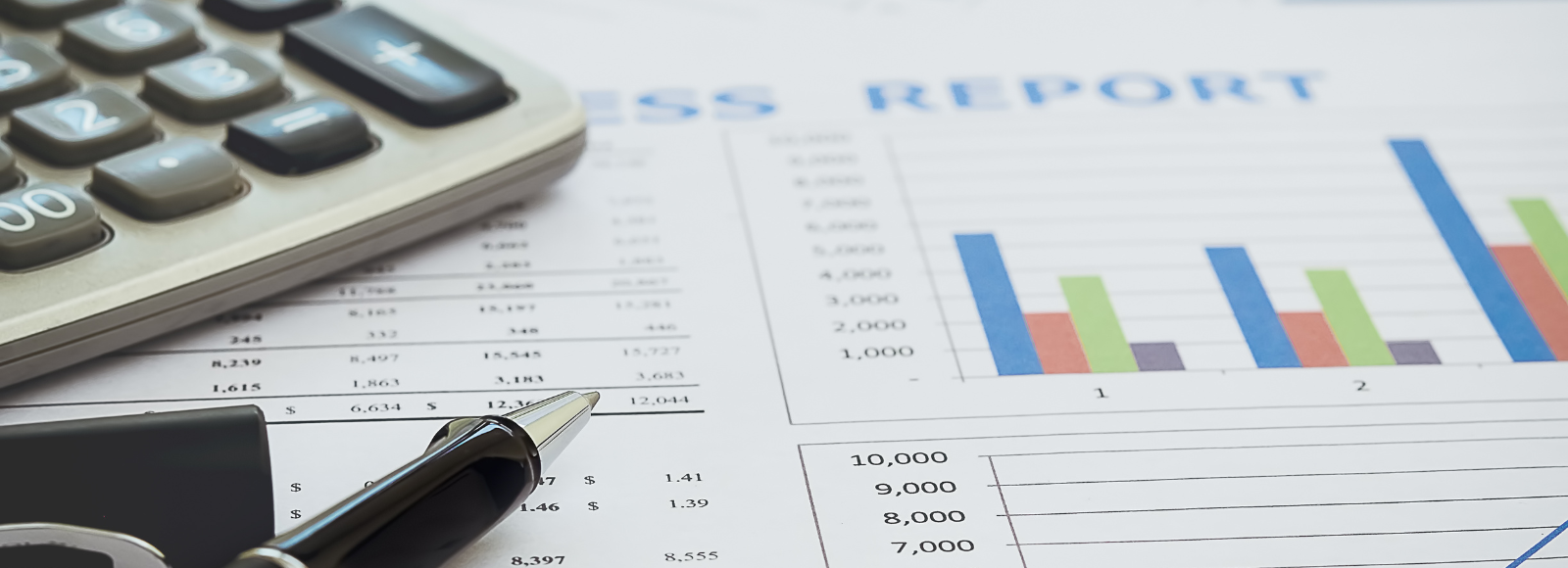For B2B SaaS companies, revenue recognition isn’t just a financial exercise. It’s a critical component of financial reporting, compliance, and valuation. Investors, auditors, and stakeholders expect clear, GAAP-compliant revenue reporting that accurately reflects the company’s performance. Under ASC 606 (Revenue from Contracts with Customers), SaaS companies must ensure they properly recognize revenue from subscriptions, licensing, and services.
Why Revenue Recognition Matters for B2B SaaS Companies
Growth-stage SaaS businesses focus on increasing recurring revenue, optimizing pricing models, and securing higher valuations. However, without a proper revenue recognition strategy, companies risk misalignment between revenue reporting and cash flow. ASC 606 compliance ensures SaaS companies recognize revenue appropriately, preventing financial discrepancies that could impact audits, fundraising, or acquisitions.
Key Considerations for SaaS Revenue Recognition
- Understanding Performance Obligations Each SaaS contract contains distinct performance obligations, whether it’s a software subscription, professional services, or hardware sales. Companies must identify these obligations and determine whether revenue should be recognized at a single point in time or over a period (e.g., a 12-month SaaS subscription).
- Managing Contract Modifications and Multi-Element Arrangements Many SaaS companies offer tiered pricing, contract modifications, and bundled services. If contracts are modified mid-term or include multiple components, revenue recognition must be adjusted accordingly.
- Handling Deferred Revenue and Upfront Payments When a SaaS company issues an invoice at the start of the service period, revenue must be recognized over time as the service is provided. Deferred revenue is a critical metric that impacts financial health and investor confidence.
- Recognizing Variable Consideration and Discounts SaaS contracts often include usage-based pricing, discounts, or performance-based incentives. Companies must assess whether revenue should be recognized immediately or deferred based on these variables. Appropriate revenue recognition may have multiple components and schedules even for a single sales contract.
- Navigating Licensing and Intellectual Property Considerations If a SaaS business provides access to licensed technology or intellectual property, the revenue recognition pattern may differ. Companies must evaluate whether the license grants a right to use (point-in-time revenue recognition) or access (over-time revenue recognition) the IP.
Best Practices for B2B SaaS Revenue Recognition
- Develop a Revenue Recognition Policy: Establish a clear, GAAP-compliant policy that aligns with ASC 606 guidelines.
- Engage with a CPA or Financial Expert: Regular audits and professional accounting support ensure compliance.
- Implement Robust Financial Reporting Systems: Use SaaS accounting tools like NetSuite or QuickBooks to automate revenue tracking.
- Stay Proactive About ASC 606 Compliance: Regularly review contracts, pricing models, and financial statements to avoid reporting discrepancies.
Final Thoughts
For growth-stage B2B SaaS companies, revenue recognition isn’t just a regulatory requirement. It’s a strategic necessity. Understanding ASC 606, optimizing financial reporting, and ensuring compliance will set your business up for scalable growth, successful fundraising, and smooth audits.
If you’re navigating the complexities of SaaS revenue recognition, start by assessing your contracts and consulting with financial professionals to ensure your revenue is accurate, compliant, and investor-ready.



